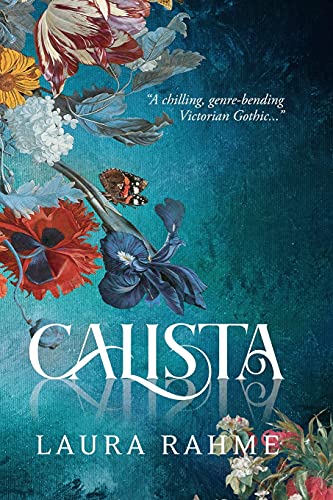Calista
Berkshire, 1848. Inspector Maurice Leroux arrives at Alexandra Hall to investigate a series of unexplained deaths: first of Calista herself, a Greek peasant girl married to Aaron, a trained doctor obsessed with the work of Anton Mesmer; Aaron himself; his embittered sister Vera; and a servant girl. A portrait of Calista hangs on the stairs. A sinister housekeeper appears devoted to her memory, in an echo of Daphne du Maurier’s Mrs Danvers, the other servants, almost exclusively Irish escapees from the Famine, don’t want to talk. The house and its inhabitants dislodge in Leroux memories he, too, would rather forget.
Rahme’s novel has shades of magical realism, and works also in the crime genre but is more than anything a gothic mystery, with unexplained sounds and smells in closed rooms, eyes at keyholes, rattled door handles, a terrifying visage glimpsed at an upstairs window, and awful secrets in a locked cellar. Rahme references not just Mesmer but the groundbreaking marine scientist Jeanne Villepreux-Power and Georges Cuvier, and her inspiration includes Jules Verne, H. P. Lovecraft, and H. G. Wells. There are passages which are genuinely terrifying and others that are moving, although the text would have benefited from a tighter proofread to pick up lapses like ‘formerly’ for ‘formally’, ‘remnant’ for ‘revenant’ and anachronisms like ‘bullshit.’ Leroux’s point of view is obscured by explicatory flashbacks which might more neatly have been expressed through a journal or correspondence, allowing the reader instead to unravel the mystery alongside him. Alexandra Hall is repeatedly referred to as Georgian, though with its ‘narrow stained-glass windows’ and Renaissance coffered ceilings, it must be more Fonthill Abbey than Chiswick House. All in all, though, this novel delivers a genuine chill to the spine and is best not read in an empty house.










